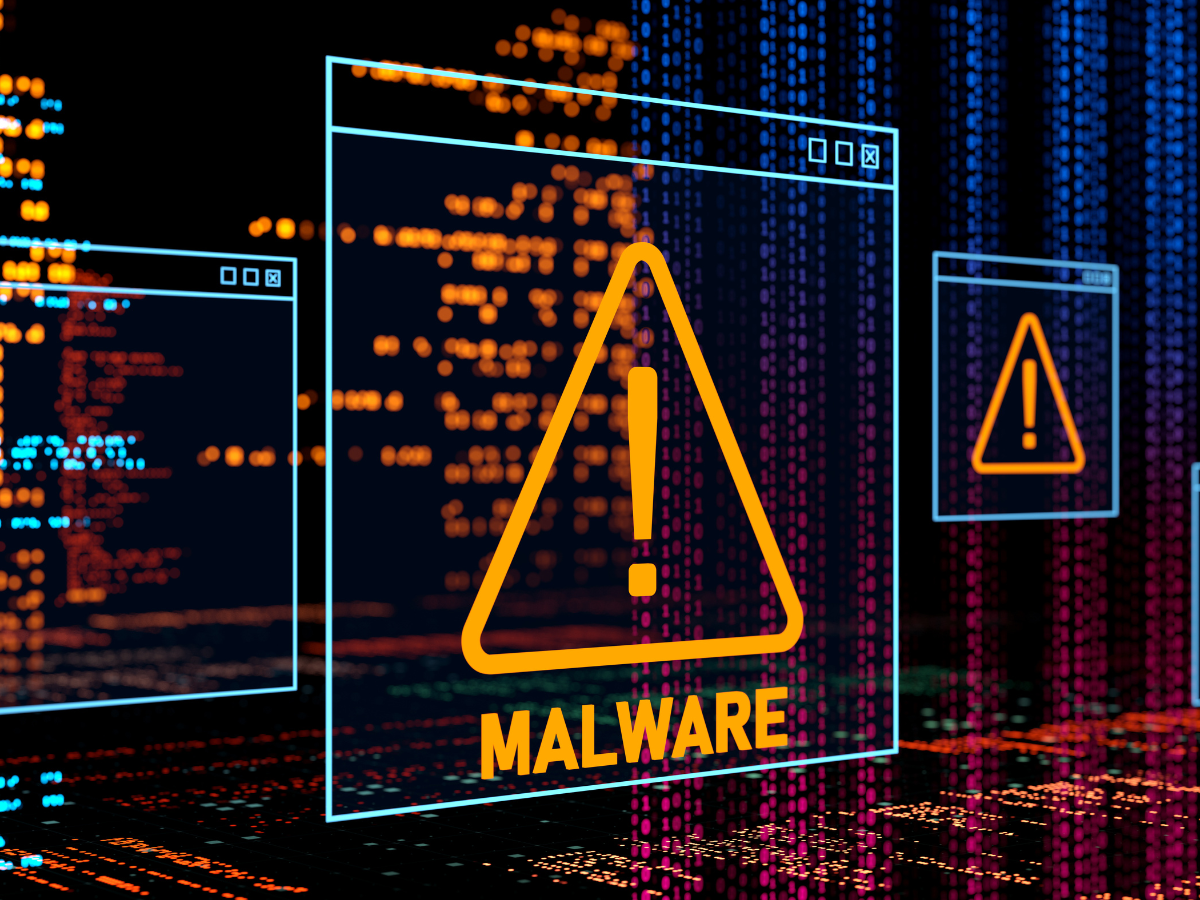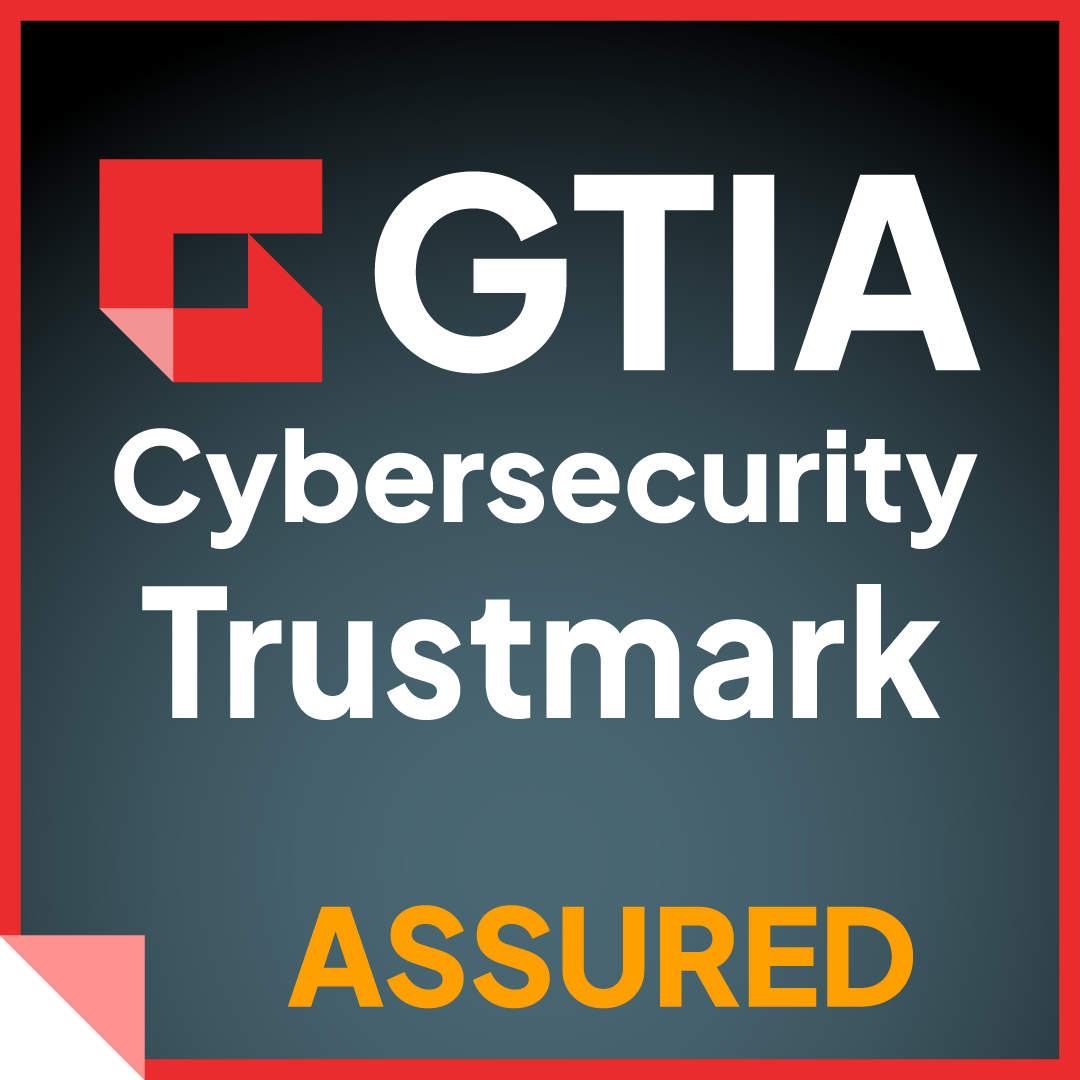How Can Malware Hide in Everyday Business Tools?
Carmine Corridore
Malware is a growing threat to businesses of all sizes, and one of the most insidious aspects of malware is how it can hide in everyday business tools. These tools, which you use daily to manage projects, communicate with clients, and handle finances, are often seen as safe and reliable. However, cybercriminals have become increasingly skilled at embedding malware in common software and applications that businesses rely on, making it harder to detect and remove.
In this blog, we’ll explore how malware can hide in everyday business tools, the risks associated with it, and how you can protect your business from these hidden threats.
1. Malware in Email Attachments and Links
Email is one of the most common entry points for malware, and many businesses rely on email communication for everything from internal messages to client outreach. Cybercriminals often disguise malware in email attachments or embedded links, making it easy for unsuspecting employees to click on them.
For example, malware can hide in:
- Attachments: A seemingly innocent document (PDF, Word, or Excel file) might contain malware. When an employee opens the attachment, the malware is activated, potentially giving hackers access to the company's network.
- Links: Malicious links that appear to direct to a trusted website may lead to phishing pages or automatic downloads of malware when clicked.
Educating employees about recognizing phishing attempts and suspicious emails is essential in reducing the risk of malware infection. Additionally, using anti-malware software and email filtering tools can help block malicious attachments and links before they even reach your inbox.

2. Hidden Malware in File-Sharing and Collaboration Tools
File-sharing platforms like Google Drive, Dropbox, and Microsoft OneDrive are vital for many businesses. These tools enable teams to collaborate on projects by sharing documents and files. However, cybercriminals can exploit these platforms by hiding malware in shared files or using compromised user accounts to distribute malware.
For instance, hackers can gain access to a legitimate user's file-sharing account, upload a malware-infected file, and share it with the team, all without raising suspicion. Once a team member opens the infected file, the malware can spread within the network.
To protect your business, ensure that you implement strong user access controls, such as multi-factor authentication (MFA), and regularly scan shared files for malware. Additionally, establish guidelines for downloading and opening files from shared folders.
3. Malware in Software Updates
Software updates are essential for maintaining the security and functionality of business tools. However, cybercriminals have found ways to exploit this necessity. They can trick users into downloading malicious software updates by disguising them as legitimate system or application updates. This is especially common in popular software like Adobe Acrobat, Microsoft Office, and even operating systems.
Once an employee installs the fake update, the malware is activated, often allowing cybercriminals to gain access to sensitive business data. Some malware can even sit dormant until activated, making it harder to detect during the initial infection.
To minimize this risk, ensure your business only downloads updates from official sources. Regularly configure systems to automatically install updates, and educate employees about the dangers of downloading updates from unofficial websites.
4. Malware in Business Apps and Plugins
Business applications and plugins, like CRMs, project management tools, and accounting software, are essential to daily operations. However, malware can be hidden in these applications, especially when they are downloaded from unofficial sources or third-party vendors. Even trusted business tools can be vulnerable if they’re not updated regularly or if they have outdated security patches.
For example, a business might download a project management app that appears legitimate but contains a hidden backdoor, allowing hackers to access sensitive company data. Cybercriminals can also use malicious plugins within trusted applications to gain unauthorized access.
To avoid these risks, always download apps and plugins from official sources and ensure that they are regularly updated with the latest security patches. Additionally, consider using app whitelisting and app security monitoring to reduce the likelihood of malicious apps being used.
5. Malware in Cloud Storage and Virtualized Environments
Cloud storage is increasingly used by businesses to store and access important data remotely. While cloud storage offers many benefits, it can also be a target for cybercriminals. Malware can be hidden in the files uploaded to cloud storage systems or embedded in virtual environments that businesses rely on for remote work.
In these cases, the malware can go undetected until it infects multiple systems when synced across devices or accessed by other users within the cloud storage environment. This can lead to data loss, unauthorized access, or the spread of malware to other networks.
To protect your cloud storage environment, ensure that all files are scanned for malware before they are uploaded. Use encrypted cloud services and apply strict access controls. Additionally, implement data backup solutions and virtual private networks (VPNs) for added security.
6. Ransomware and Malware in Backup Systems
Backup systems are essential for businesses to recover lost data, but unfortunately, they are not immune to malware. Ransomware attacks, in which cybercriminals lock access to data in exchange for a ransom, are becoming increasingly common. Malware can also target backup systems, preventing businesses from retrieving their files in the event of an attack.
In some cases, malware can infect backup systems before a ransom is demanded, rendering your backups useless when needed the most. This is why it’s essential to regularly update backup systems, use offline backups, and ensure that backup data is encrypted.
7. Proactive Measures to Prevent Malware Infections
The best way to prevent malware from hiding in your business tools is through proactive measures. Here are a few essential steps to protect your organization:
- Regular Security Audits: Conduct regular security audits to identify vulnerabilities in your software and business tools.
- Employee Training: Educate employees on recognizing phishing attempts, safe online practices, and the importance of using strong passwords.
- Use Anti-Malware Software: Install reputable anti-malware and antivirus software to provide real-time protection and automatic updates.
- Access Control: Implement strong access controls, such as multi-factor authentication (MFA) and least-privilege access, to limit the exposure of sensitive data.
- Regular Updates: Keep all software, plugins, and applications up-to-date with the latest security patches.
Conclusion
Malware can hide in the everyday business tools that companies rely on, making it more difficult to detect and remove. From email attachments to cloud storage and even software updates, cybercriminals use these tools to infiltrate networks and steal sensitive data. By understanding how malware can hide in these tools and taking proactive steps to secure your business, you can reduce the risk of an attack.
For comprehensive cybersecurity solutions, contact Underdog Cyber Defense today. Our team specializes in identifying hidden threats and providing the protection your business needs to stay secure.



